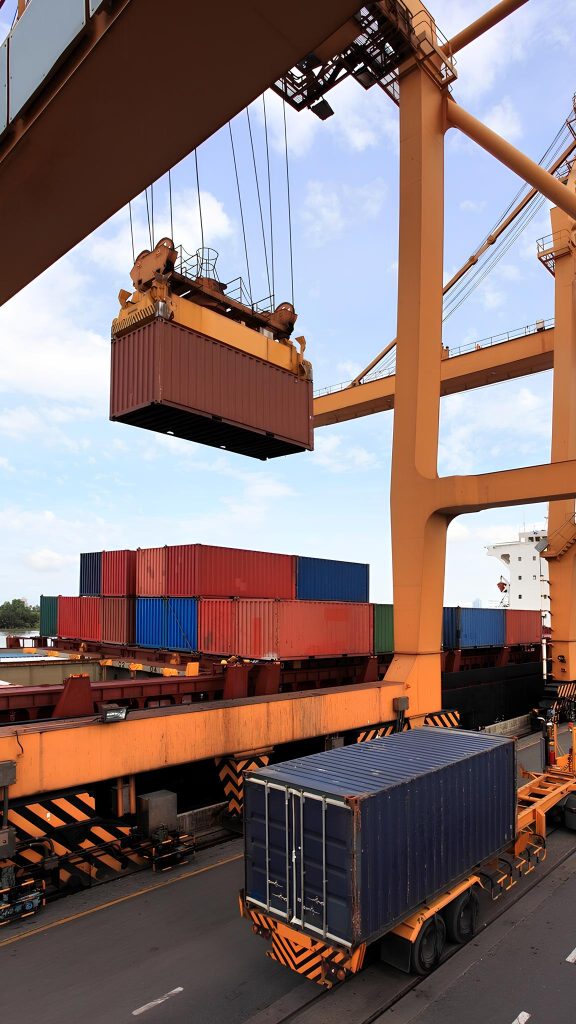Importing Building Materials into Uganda: A 2024–2025 Logistics & Cost Analysis for Developers and Hardware Suppliers
Uganda’s construction sector is undergoing a structural shift. As demand for housing, commercial developments and infrastructure expands, the availability and cost of high-quality building materials have become critical pressure points. Developers in Kampala, Wakiso, Mbarara and Jinja increasingly face three persistent challenges: inconsistent product quality, fluctuating local prices and limited access to certain finishing materials.
This environment has pushed more Ugandan contractors and hardware suppliers to explore direct importation, especially from high-capacity production hubs like Turkey. But importing into Uganda is not simply a matter of finding a cheap supplier, it requires a clear understanding of logistics corridors, tax structures, compliance requirements and cost-efficiency strategies.
This report breaks down the five key elements that determine the real cost and feasibility of importing building materials into Uganda for 2024–2025.




